Residential area of village 12, Xuan Du commune with cultural imprints of Muong ethnic people.
Xuan Du commune - the main residential area of Kinh, Muong, Thai, Tho ethnic groups is gradually making efforts to build a cultural life after the merger. Based on the arrangement of the entire natural area and population size of Can Khe, Phuong Nghi and Xuan Du communes, the commune currently has 36 villages. With over 30% of the population being Muong, traditional cultural beauty is still maintained and preserved in some residential areas.
Among them, village 12 (formerly Xuan Du commune) - where 98% of Muong ethnic people live - is a typical example. What impresses everyone who comes here is the fence surrounded by trees, the village roads are always kept clean and beautiful by the people, contributing to creating a living space imbued with cultural identity.
Head of the Elderly Association of Village 12, Bui Van Duong, said: “When building a model new rural area, we agreed to make the panels on the fences of all households in the village the same model, clearly depicting the image of bronze drum patterns and Muong people beating drums and gongs, creating a unique mark for the residential area. Along with that, the Muong people in the village still maintain the cultural beauty in their daily activities. The merger is an opportunity for those good cultural values to continue to be nurtured and spread. In the coming time, we really hope that the locality will organize a national cultural festival, the young generation will be taught the Muong language, and intergenerational folk art teams in residential areas will regularly exchange, contributing to spreading good traditional cultural values.”
One of the advantages of Xuan Du commune is that the cultural life of the communities in Can Khe, Phuong Nghi and Xuan Du (old) communes all have similarities. On the other hand, the localities regularly organize cultural, artistic and sports exchange activities, creating close ties in the community for generations. Head of the Culture and Society Department of Xuan Du Commune, Bui Duc Chinh, said: “In each old commune before the merger, cultural, sports and physical training activities held on festival occasions included traditional activities such as playing mats, throwing con, gongs, and cotton tree dancing. People in residential areas have solidarity and understanding of each other's customs and practices, so after the merger, it is an opportunity for the locality to expand its cultural space. In particular, promoting the cultural values of the Muong people in village 12 will be a model for the locality to study, aiming to replicate in residential areas. Local people also expect cultural activities such as Phu Na Festival, Set Booc May Festival, and New Rice Celebration Festival to be the thread to further connect the community in the coming time.”
Coming to Thieu Trung commune - famous for bronze casting, you can clearly feel the efforts to preserve cultural quintessence amidst the changes after the merger. Previously, Thieu Trung was an independent commune, after merging with Thieu Van, Thieu Ly, Thieu Vien communes and part of Thieu Hoa town, it has now become a new administrative unit, with a larger scope and population. Building a cultural life in a new look, the local government and people are trying to continue to promote the unique value of the profession, traditional festivals and the unique cultural values of residential areas.
Head of the Department of Culture and Society of Thieu Trung Commune, Le Duy Quang, shared: “Administrative merger helps to concentrate resources more, but also poses challenges in preserving traditional cultural heritage. It is not simply about preserving festivals or traditional occupations, but also protecting an entire cultural ecosystem. For some festivals such as the Traditional Festival of Thieu Trung Commune (February 10th of the lunar calendar), the Festival of Le Van Huu Temple (March 23rd of the lunar calendar) and cultural, sports and physical training activities will also be organized on a larger scale, focusing on honoring unique cultural features and integrating them into socio -economic development”.
Not only Thieu Trung and Xuan Du communes, but many other localities in the province are also making efforts to preserve the "countryside soul" in a new look. The good news is that, together with the local government, people are clearly aware of their role in the journey of building a cultural life after the merger. From traditional craft villages such as Thieu Trung, to the communities of Thai, Tho, Muong, Dao, Mong, Kho Mu ethnic groups in localities in the province, all carry their own "missions" in the journey of preserving culture in a new administrative appearance. However, there needs to be specific policies to protect and promote traditional culture comprehensively, from re-planning cultural living spaces after the merger, to maintaining festivals, craft villages and traditional communities.
Article and photos: Le Anh
Source: https://baothanhhoa.vn/giu-hon-que-nbsp-trong-dien-mao-moi-256108.htm


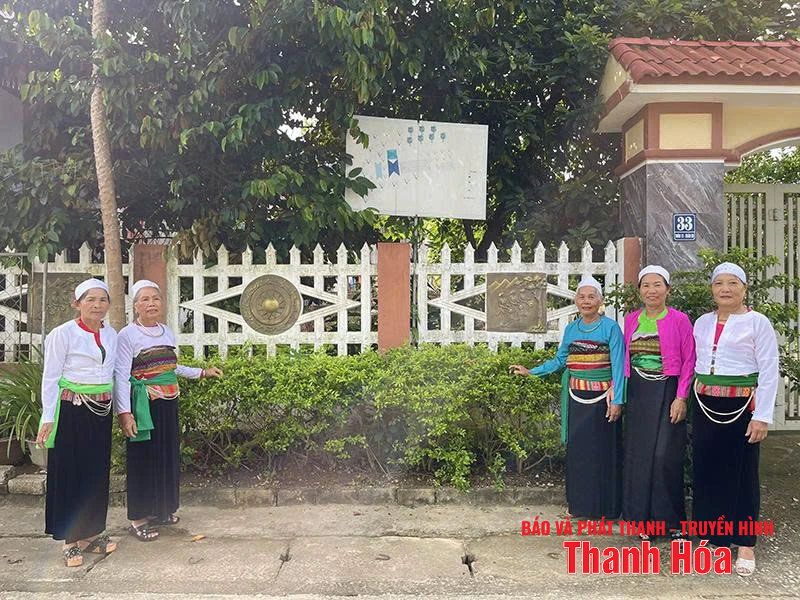



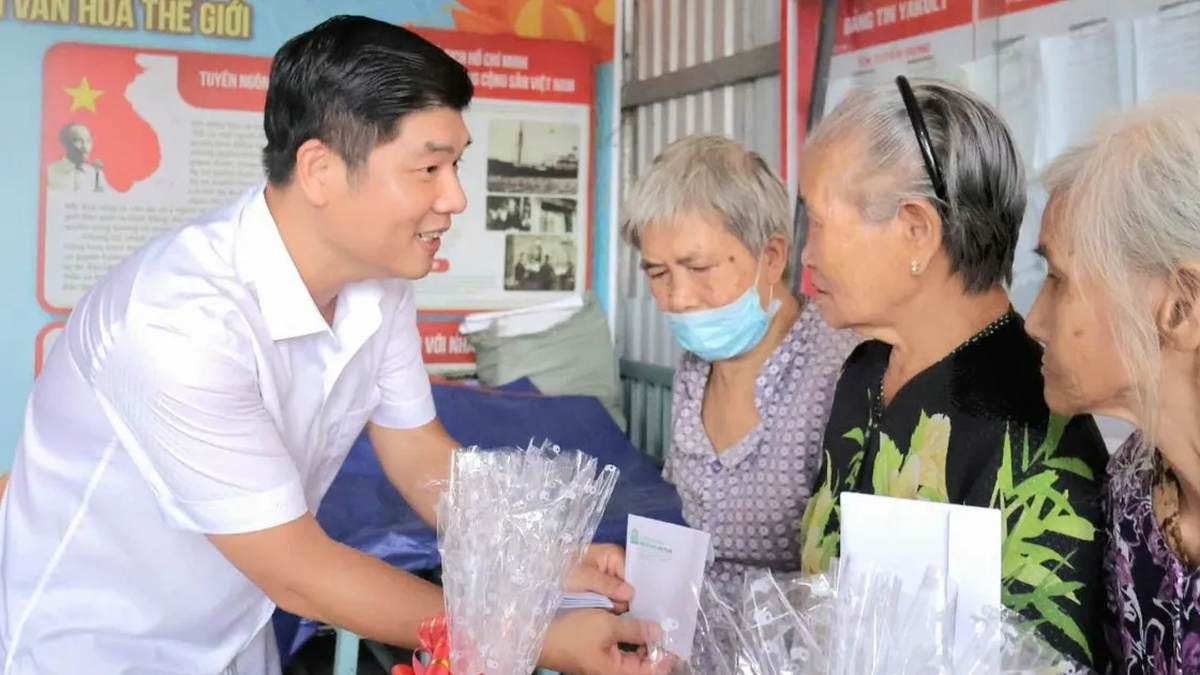


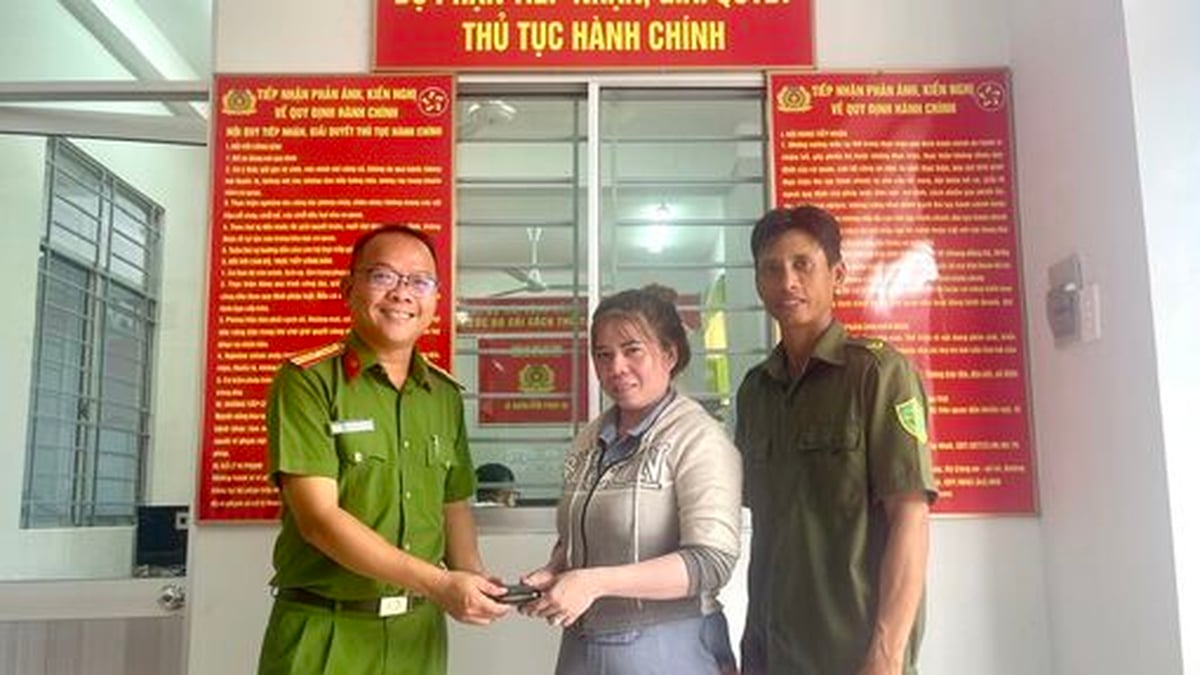
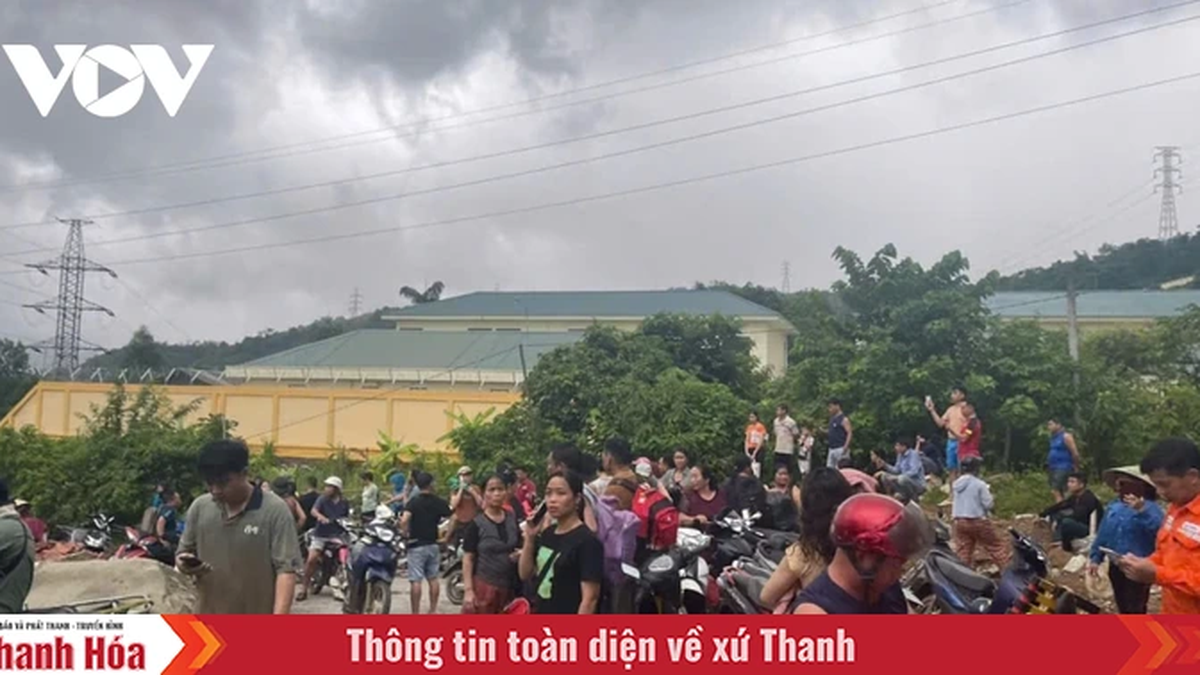
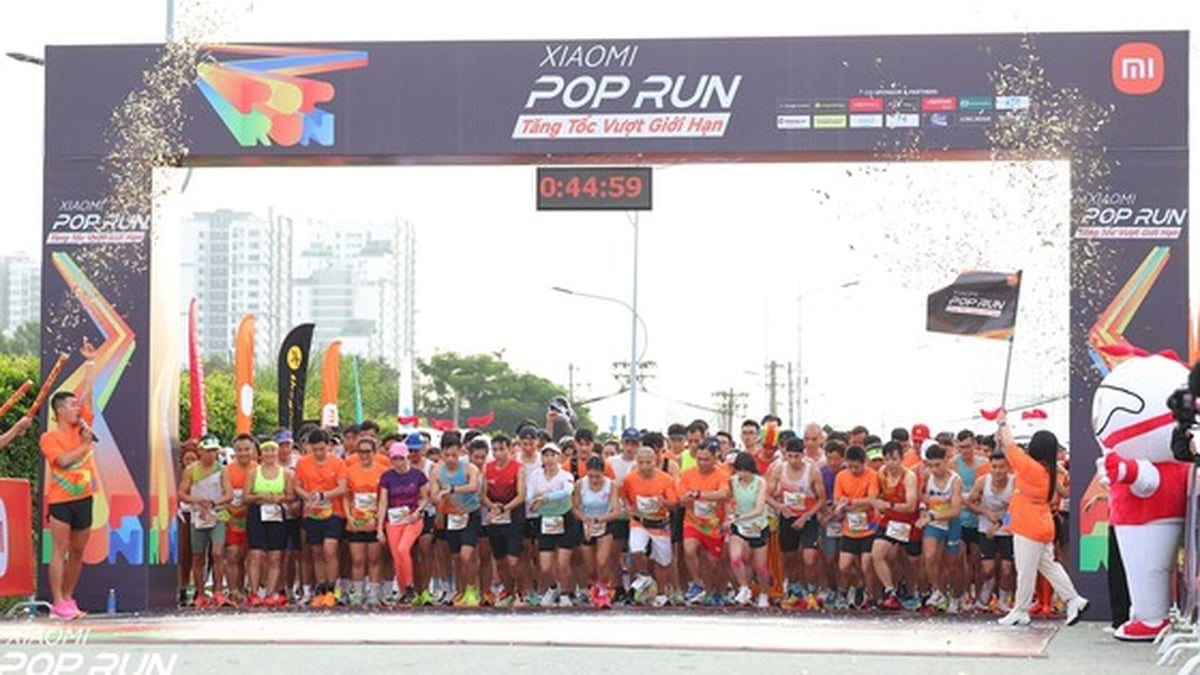
























































































Comment (0)